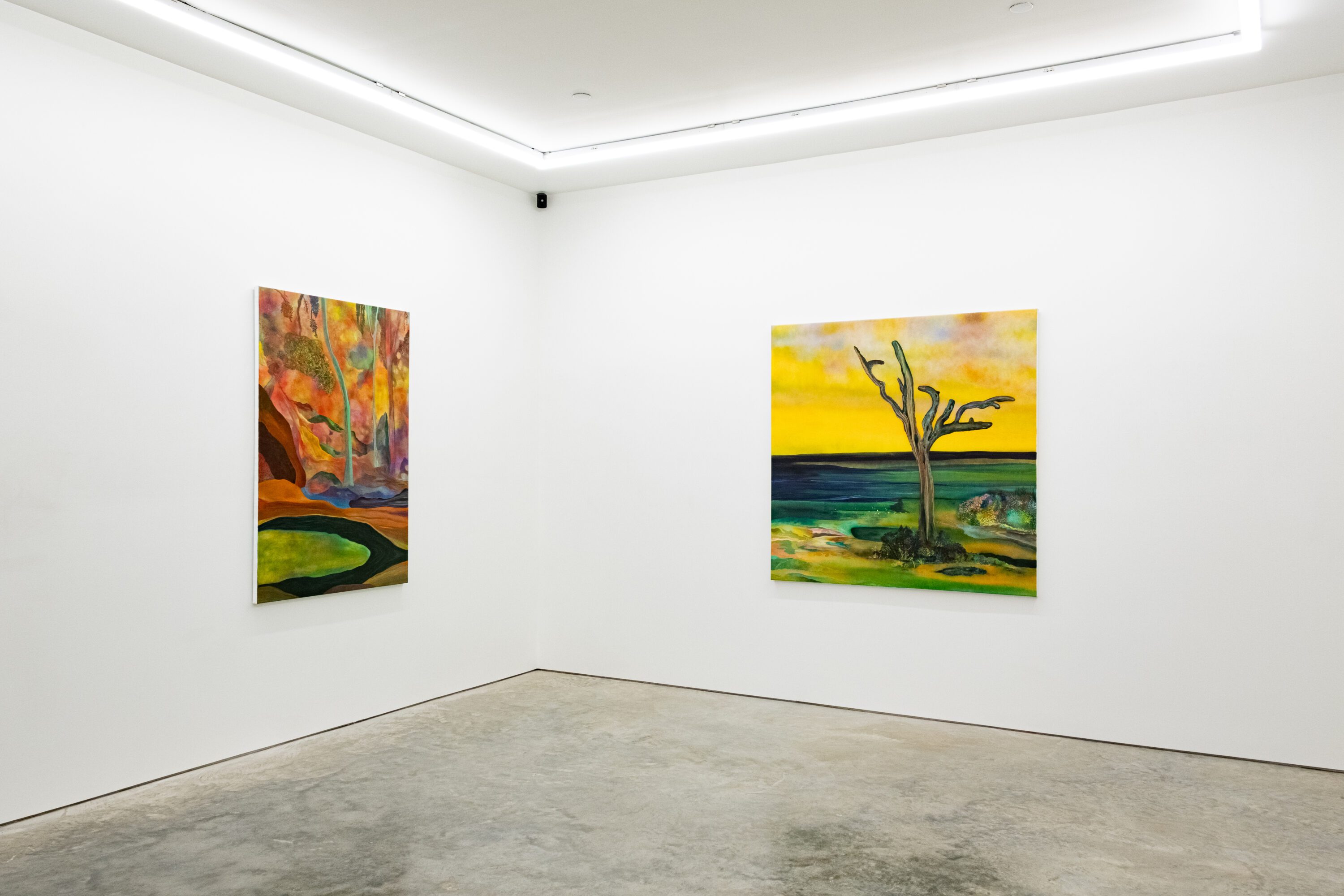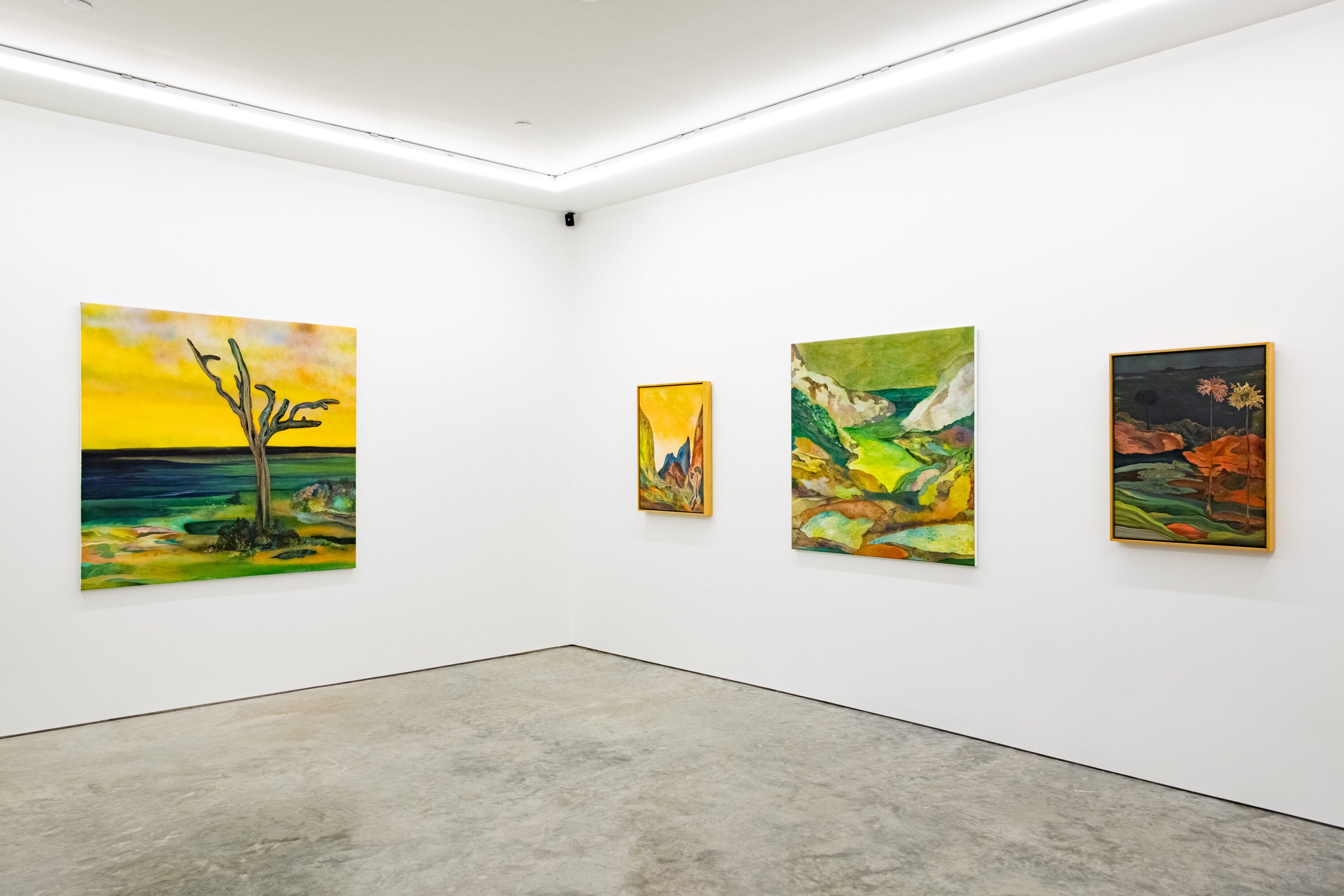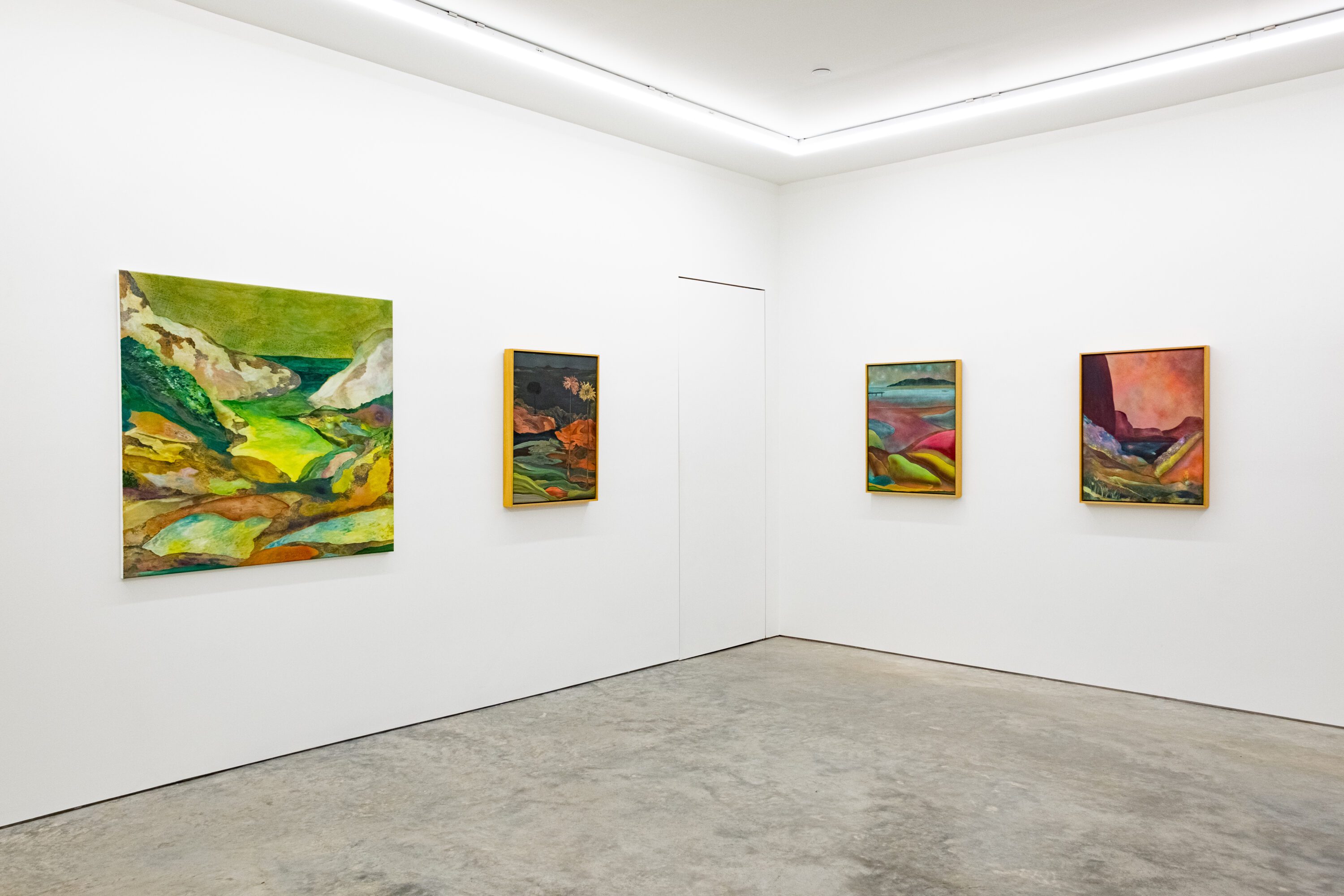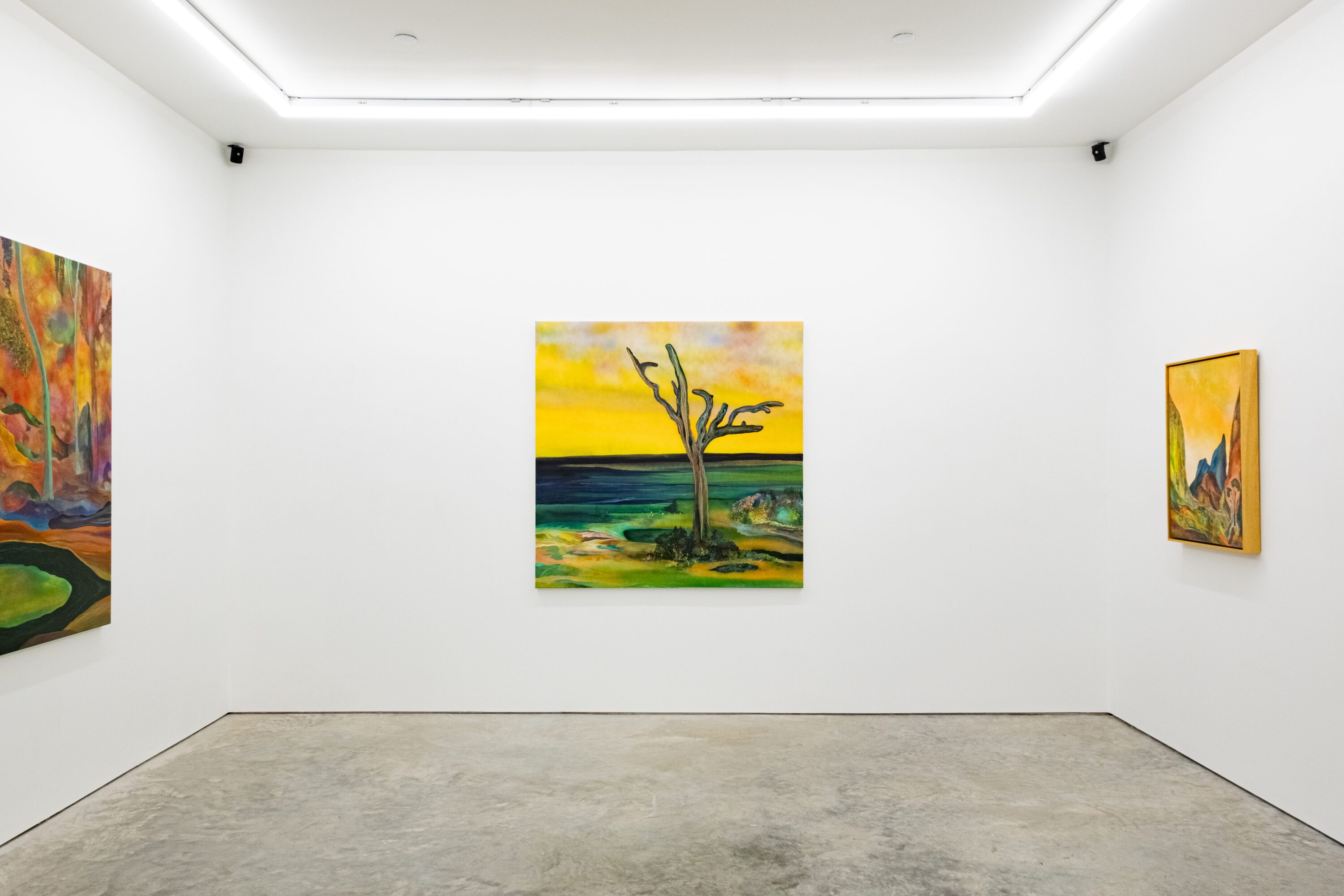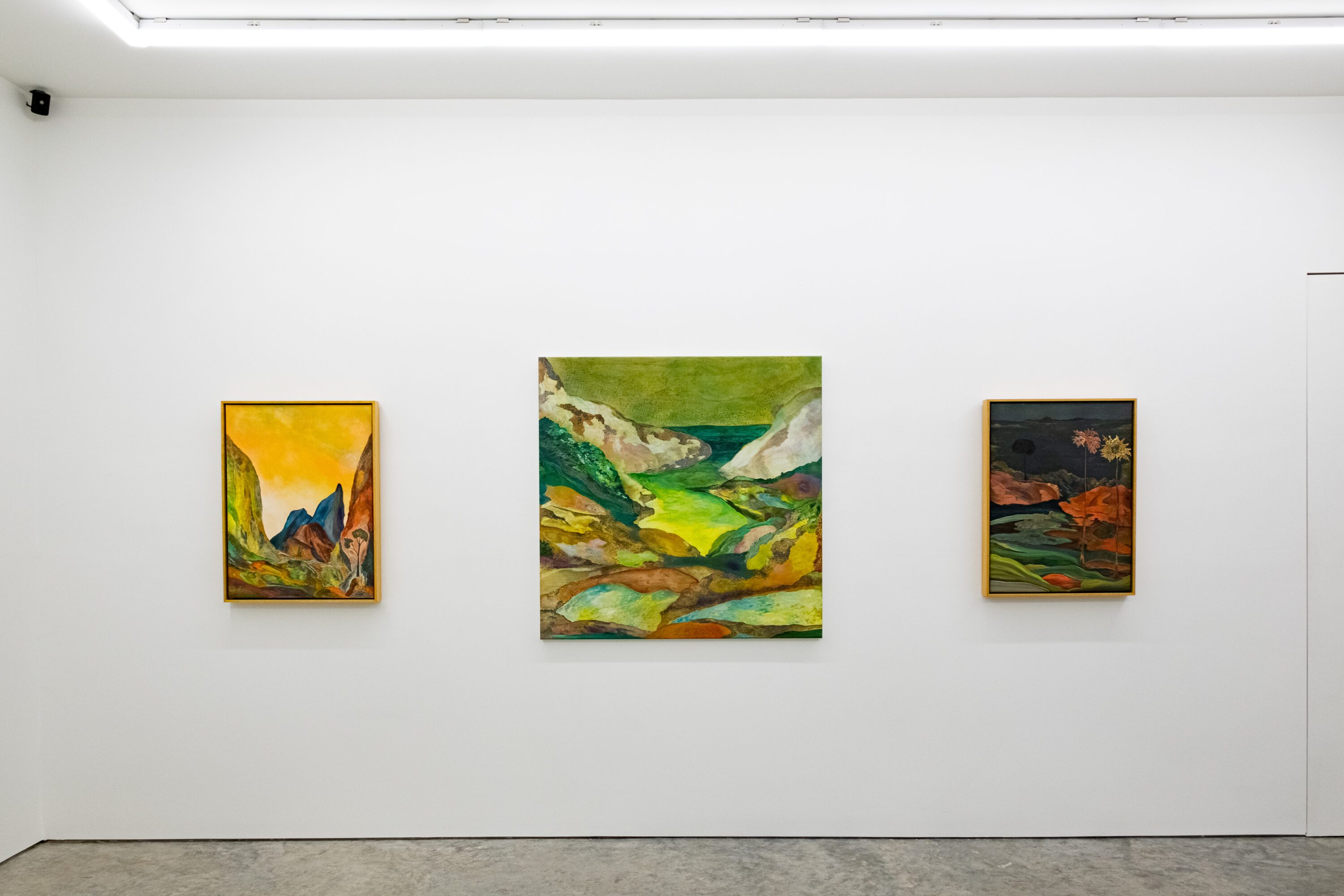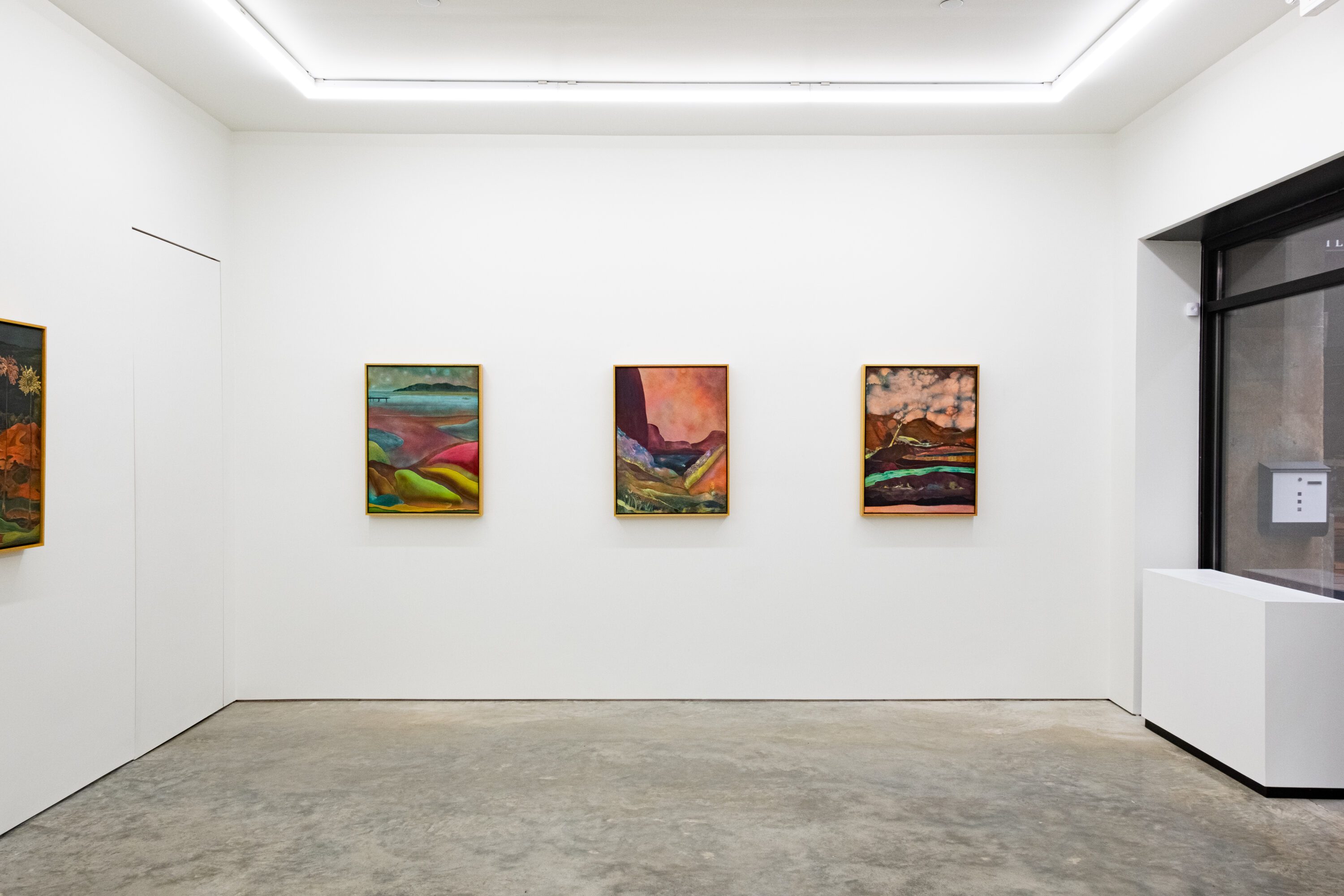Ekphrasis. For those unfamiliar with the term, it is an ancient Greek word for description, one primarily offered as a work of art. At its simplest, it is synthesis, the capacity to capture the tone, nuance, and emotion of language, written or spoken, in a single image, or suite of works. In photography, we’d speak of capturing the moment. In painting, while we do not often use the word, we’ve seen and know the experience: outstretched hands, on the ceiling of the Sistine Chapel, capturing Michelangelo’s Creation of Adam, or, from another perspective, Kara Walker’s Christ’s Entry into Jerusalem. The story spurs the interpretation. The work that results? Its reimagined.
This capacity to bring language alive is what defines Ross Taylor’s subtle and sublime paintings. Working from a single source for inspiration, poet Denise Levertov’s Losing Track, Taylor creates works which both respond to and extend beyond the heartfelt and heartbroken spaces she imagines. His close reading serves as a springboard, each line unraveled to reveal itself more fully as an image. “You come close to the shore… and nudge me awake,” she suggests, to which Taylor responds, “These lines…beautifully align with the kind of tension I strive for in each composition.” And do they ever.
Nudge (a brief encounter) invites viewers into a liminal space, one between the optimism of trees in the foreground that reach for the sky, and their silhouetted counterparts, pushing toward a black shape on the horizon. Perhaps this is Taylor’s nod to Levertov’s “mud sucking at gray and black.” This indeterminacy becomes arresting. Taylor’s palette is a combination of the luminescence of Der Blaue Reiter with the more restrained tones of American impressionism. There’s the steel blue of Ruckle, and Rally but all too briefly, those reds that hover between coral and Vermilion in Moon Bay.
And let’s not lose sight of the power inherent in Taylor’s reimagination. This is not some trite exploration of mnemonics, not some nod to ROYGBV. This is a heartrending tale of loss, lack, and longing, a chronicle of resignation. Losing Track is merely the map, Taylor’s works its shattered stops along the way: “a boat adrift,” “tide swings you away.” Then, nothing. “I know I’m alone again.” There’s a bare and barren tree pushing forward on the canvas from Every time I heard your name I was thinking out loud, Taylor’s pause to reflect on our seasons, our “timbers of me.”
Yet Taylor strives soften longing’s blow. Losing Track ends in potential, “a light growth of green dreams drying,” not dying, and in this green we see life begin its persistent flow forward. Understorey, anchored in distinctions between, as Taylor describes, “above and below,” is equally as optimistic as it is resigned. We end with potential, just as Levertov’s work begins from a sense of longing, of absence, and ends with the notion of potential rebirth. Taylor has walked us along a path, or, rather guided us in a vessel through choppy waters, only to arrive back on dry ground. Landed, but not stranded, as a “pier half-in-half-out of water.” Always already both one thing and its other.
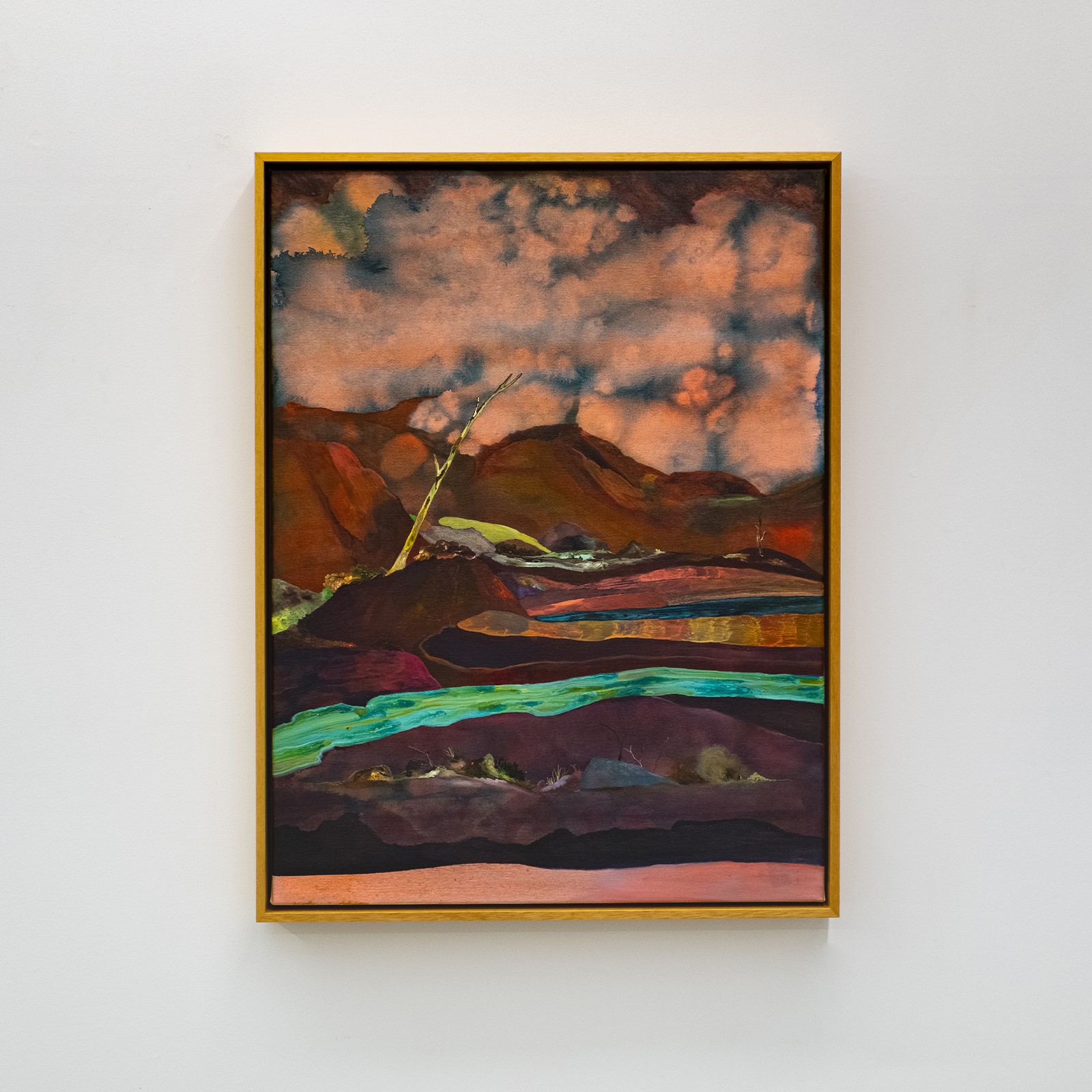
Ross Taylor
Losing Track
32 x 24 inches
synthetic polymer on canvas
2023
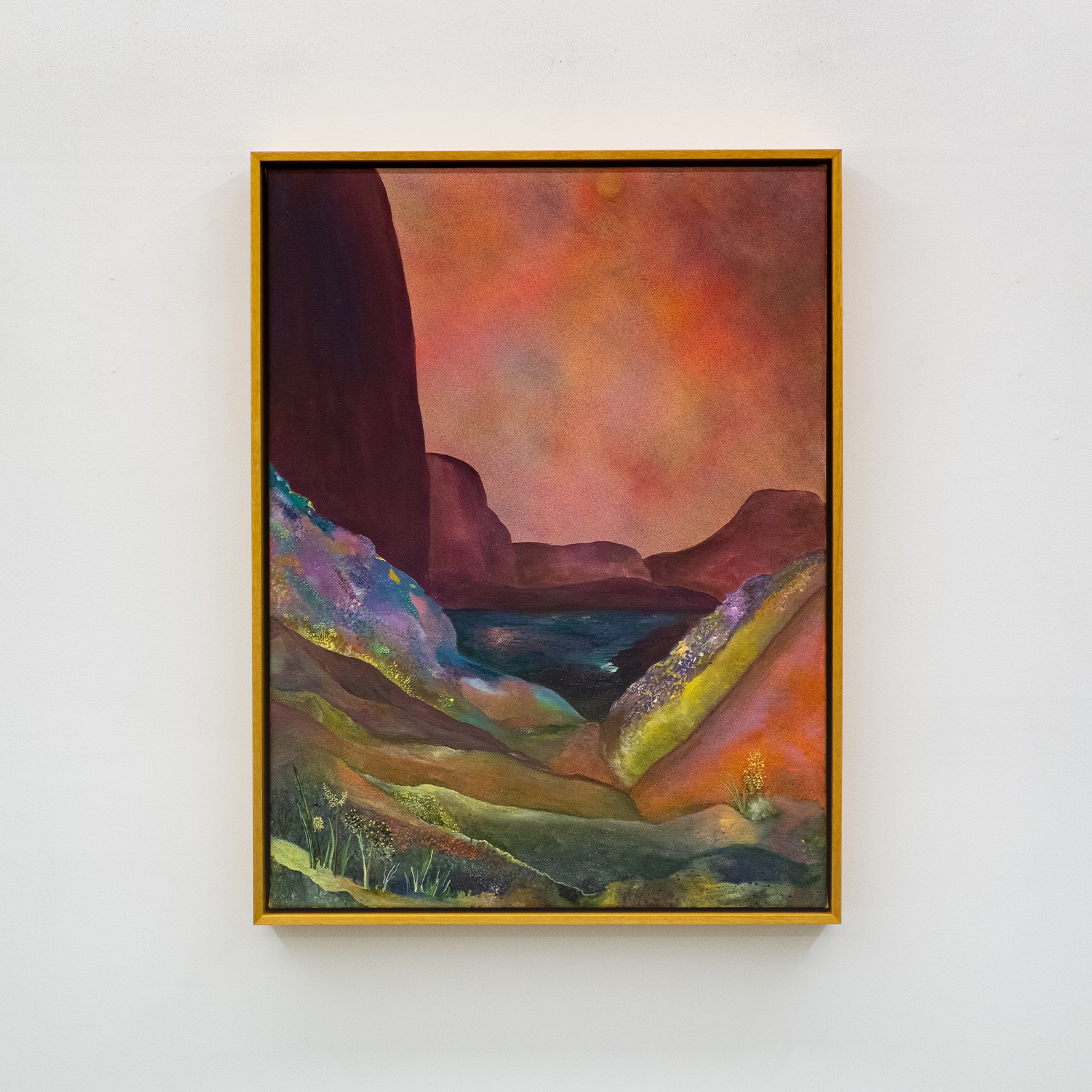
Ross Taylor
Moon Bay
32 x 24 inches
synthetic polymer on canvas
2023
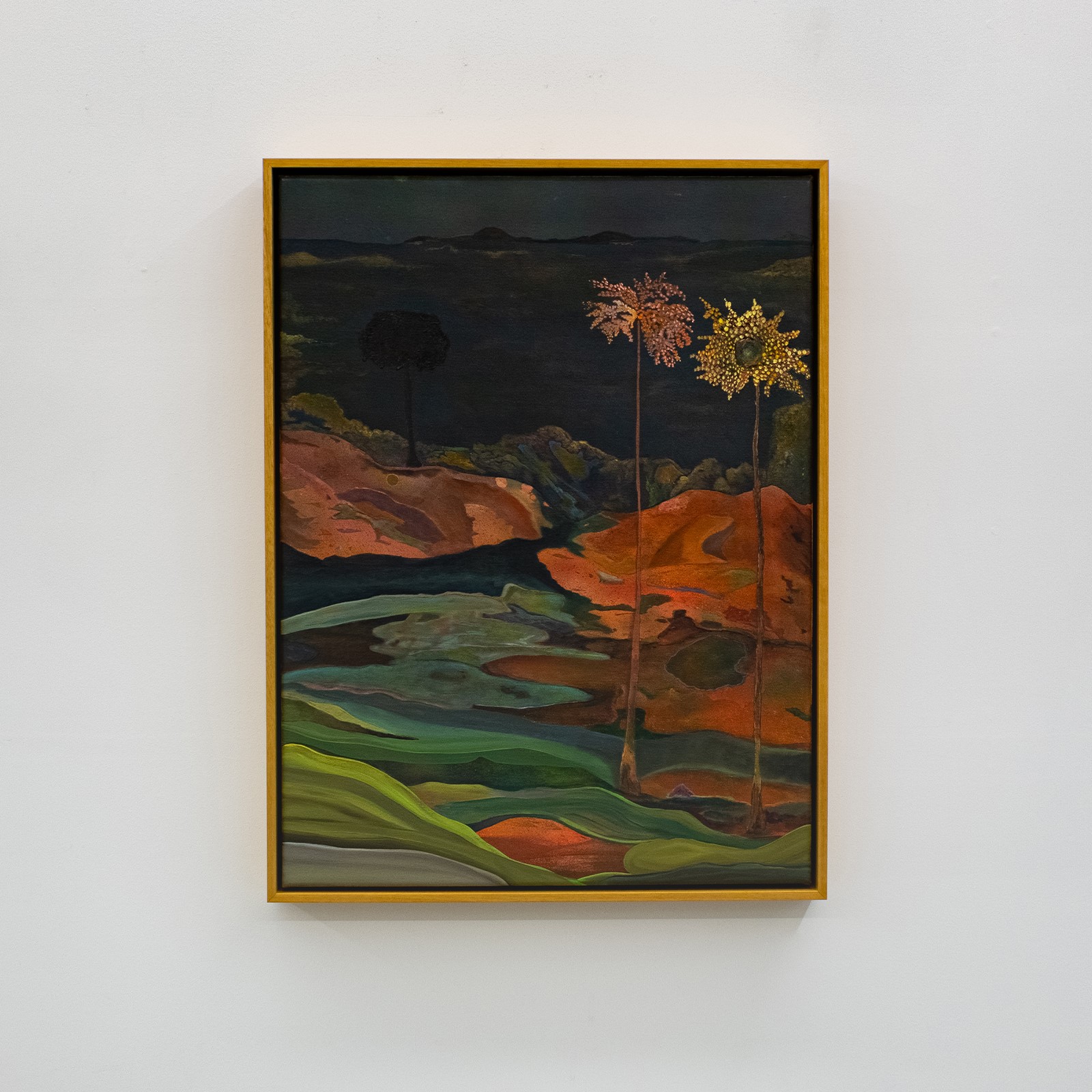
Ross Taylor
Nudge (a brief encounter)
31.4 x 23.6 inches
synthetic polymer on canvas
2023

Ross Taylor
Rally but all too briefly
32 x 24 inches
synthetic polymer on canvas
2023
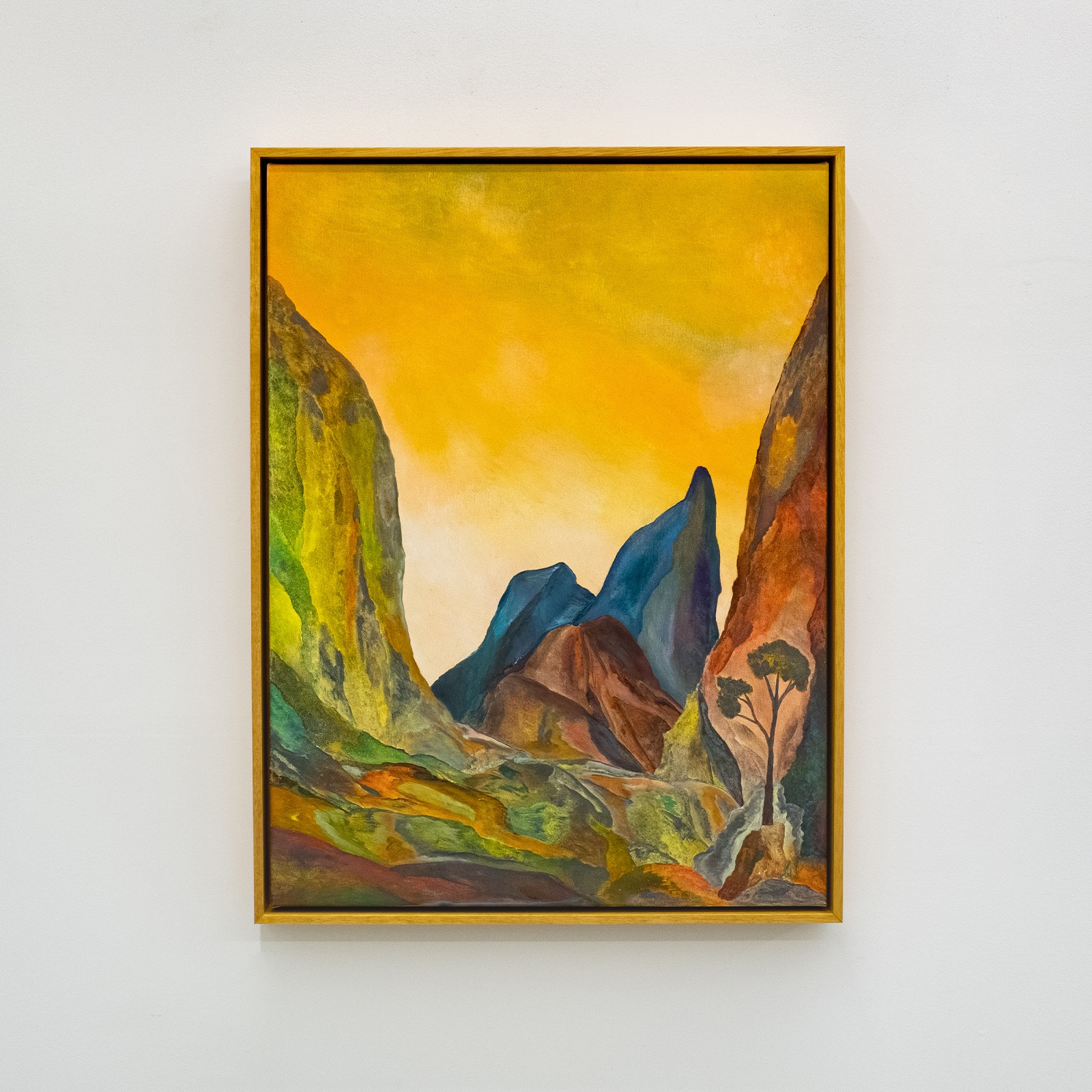
Ross Taylor
Ruckle
32 x 24 inches
synthetic polymer on canvas
2023

Ross Taylor
Shore
47 x 47 inches
synthetic polymer on canvas
2023
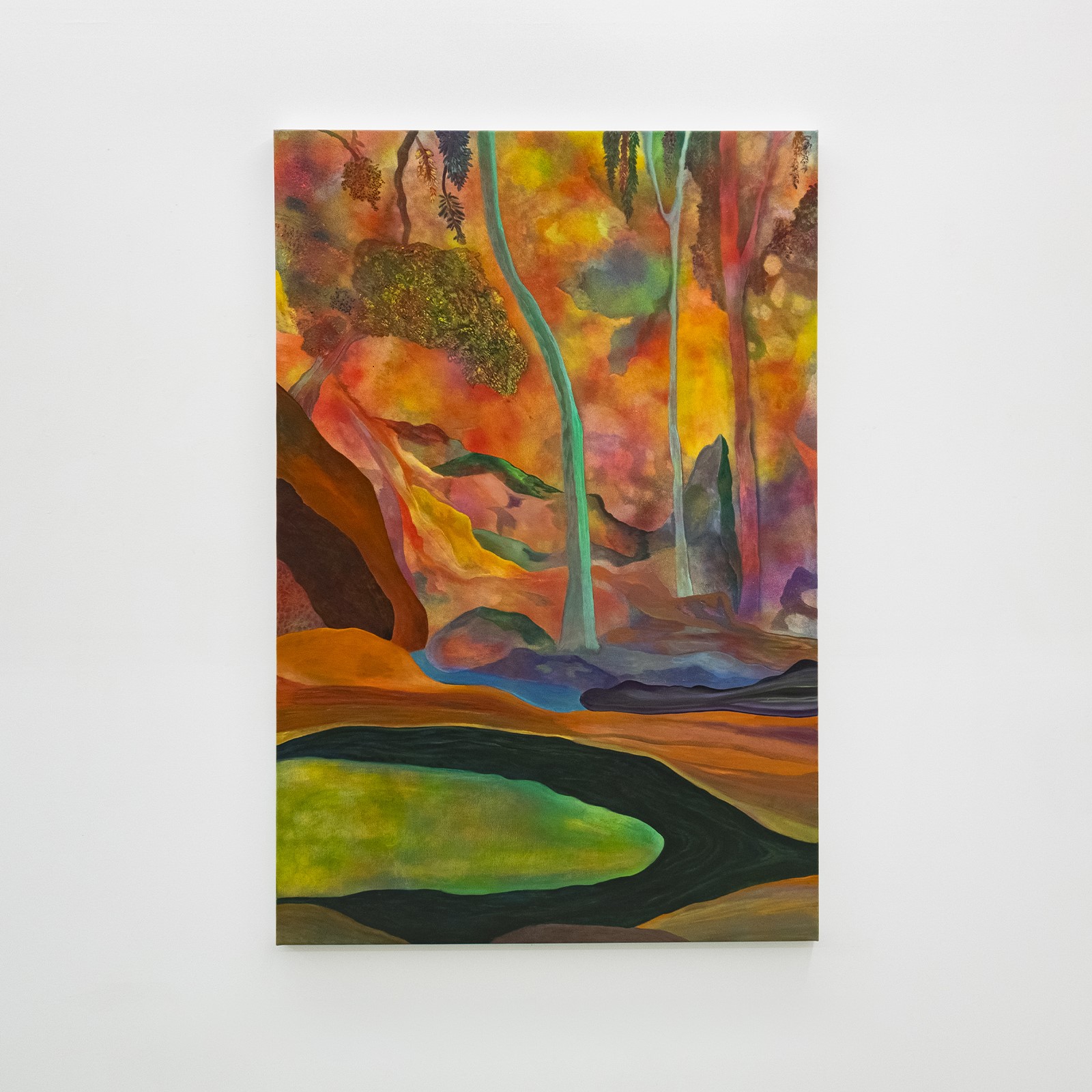
Ross Taylor
Understorey
60 x 40 inches
synthetic polymer on canvas
2023
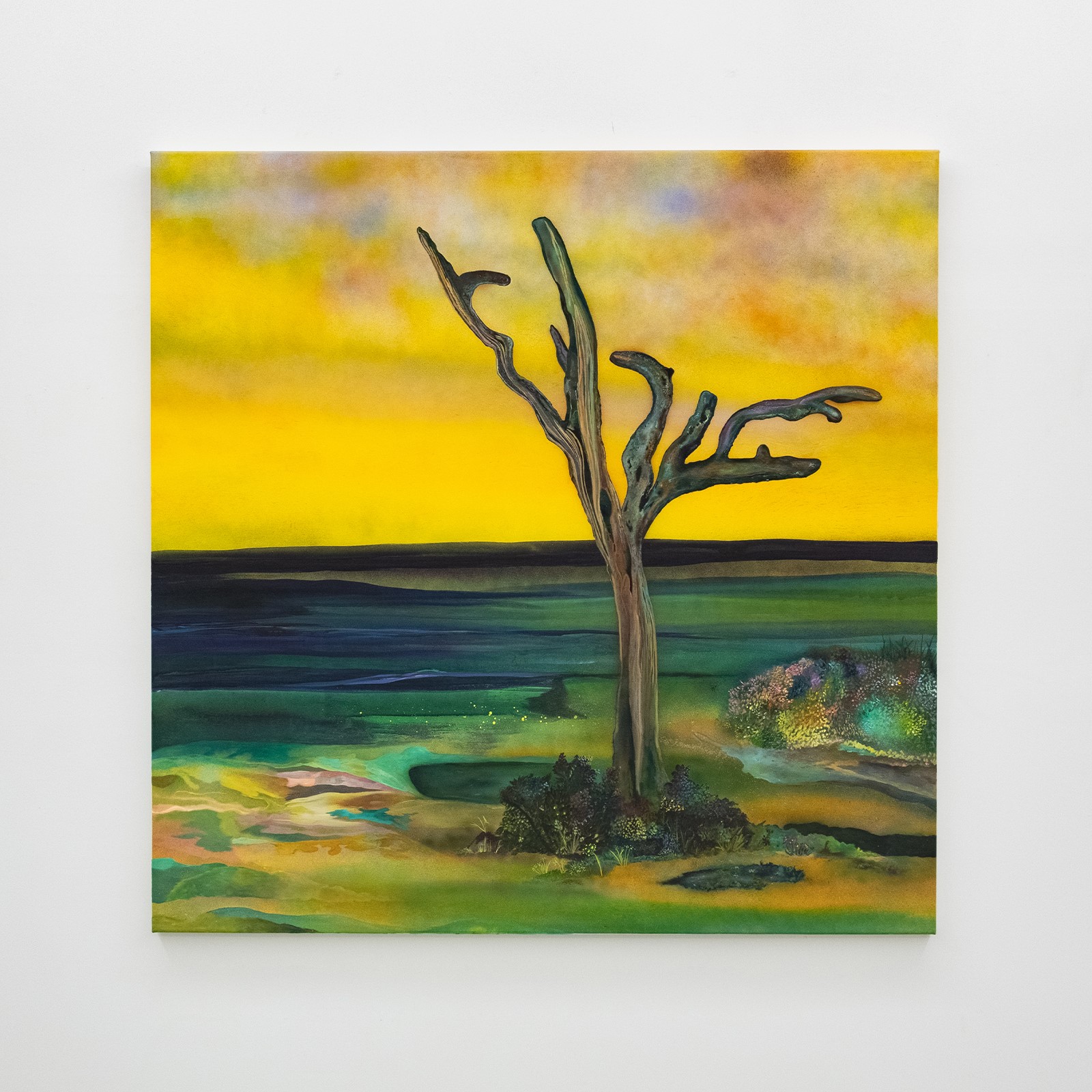
Ross Taylor
Everytime I heard your name was I thinking out loud
59 x 59 inches
synthetic polymer on canvas
2023

